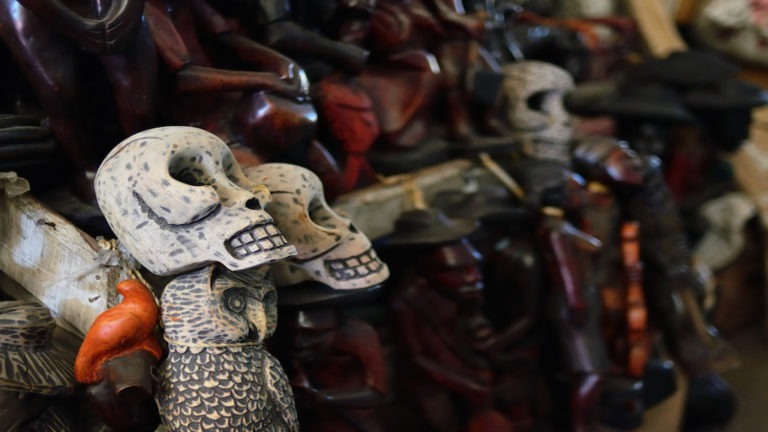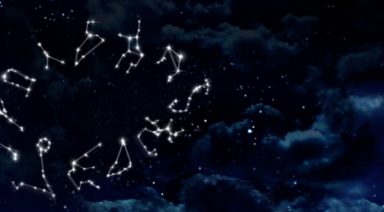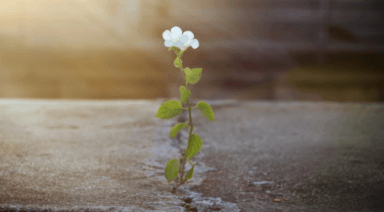What is Voodoo? A Tradition of Magic and Interconnected Realms

When the word “voodoo” arises, it’s usually accompanied with misconceptions, fear, and a lack of understanding. Often thought of as a violent cult, the truth couldn’t be farther from the popular cultural associations, such as voodoo dolls, witchdoctors, and violent-tinged sorcery. Voodoo, more appropriately known as vodou, is an ancient and diversely practiced religious tradition tied to Africa, the Caribbean, and the Catholic church.
But what exactly is Vodou?
Voodoo: A Rich Tradition Born From Trauma
The word Voodoo/Vodou/Vodun translates to mean “the spirit of God.” Vodou is a monotheistic religion; followers, or vodouisants, believe in one divine figurehead called Bondye, or “the good god.” Additionally, Vodou has a lesser god hierarchy, Iwa, as well as Ioa who are more engaged with the day-to-day life than Bondye, who is considered to be more remote. The Ioa/Iwa are split into three families: Rada, Petro, and Ghede. Humans and Lwa have a reciprocal relationship in which believers provide sustenance and objects in exchange for the Lwa’s protection.
Vodou combines traditions from Africa, the Caribbean, Native Americans, and Catholicism. There is evidence that as far back as 1492, many in the Taino culture were executed for their practice of Vodou during Christopher Columbus’ conquering of Hispaniola. But as the slave trade grew, so did Vodou; the newly arrived African slaves and the surviving Taino found much in common in their shared rituals and approaches to healing.
Vodou does not have a central scripture, it is community-centric and supports individualism. New Orleans is North America’s vodou epicenter, where it arrived through the slave trade from West Africa during the 18th century. Catholicism was the primary religion in the city, and what is now known as “New Orleans Vodou,” is in actuality a hybrid between the two traditions. New Orleans Vodou has become so ingrained in the city’s culture that one need only search online to see the multitude of shops, tourist attractions, and other popular destinations that keep the tradition alive.
What is a Voodoo Doll? Actually It’s a Healing Tool
The mere mention of a Vodou/Voodoo doll brings painful and revenge-filled pins and needles stuck in a cloth doll to mind for most people. But what is behind this practice?
The truth behind the practice of making Vodoo dolls couldn’t be further from this myth. Unlike the dolls that are sold to tourists, authentic Vodoo dolls are created for healing purposes, as well as to help communicate with those who have passed, and are used in rituals to invoke the lwa or loa for spiritual guidance.
Vodoo dolls are human effigies, figurines which represent an idealized persona or deity. Dating back to the Assyrian culture of the first millennium BCE, there is little evidence that any Vodoo dolls are intended to cause harm or seek revenge. However, the mythology behind Vodou dolls being used for evil purposes might be traced to the 1950s, when Haitian “cashew” dolls were imported into the United States. The eyes of the dolls were made from a form of castor beans and caused a swallowing danger for young children, leading to the dolls being banned as “lethal.”
Vodoo dolls have specific colors and corresponding energies associated with each pin:
- Red: Power
- Black: Warding off negative energy
- White: Positivity
- Blue: Love
- Green: Money and prosperity
- Yellow: Success
- Purple: Spirituality
The authentic practice surrounding the dolls is connected to our relationship with the “otherworld" — a central tenet to Voodoo, regardless of the country of influence or origin.
Santeria vs. Voodoo vs. Hoodoo: Spiritual Cousins or Distant Relatives?
While Hoodoo may incorporate aspects of the Voodoo religion, it is in itself not a religion; Hoodoo is a trans-cultural folk practice centered on earth and botanical ritual objects, many of which originated in Africa, but with connections and roots throughout North America. For example, there is a rich tradition of Appalachian mountain hoodoo practitioners that is unique and connected to more ancient hoodoo traditions.
Santeria, like Vodou, is a religion based on one God who is also served by lesser deities, as well as communicating with the otherworld. The word santeria can be translated into meaning “the way of the saints” and is also heavily influenced by Catholicism, much like Vodou. Though one major difference between the two is that santeria is based in Spanish-speaking cultures, with deepest connections in Cuba and Mexico.
A History of Voodoo’s Oppression: Visible and Invisible Worlds
Similar to many other transplanted religious traditions, Vodou has often had to adjust and adapt to the dominant culture. In North America, as African slaves were forbidden to practice their native traditions and religions, the only way they could get around this oppression was to associate their Vodou deities and adapt their rituals to be reflective of the images, iconography, and saints of the Catholic Church. This is not unlike the experience of the Native American culture and Christianity.
Like many traditions, the relationship between the visible and invisible are interconnected, with death being another part of our spiritual journey. Is this some sort of Vodou dark or black “magic?”
Similar to many non Judeo-Christian tradition, the term “magic” is often used to describe a ritual or observance that is unknown or outside dominant religious practices. This misunderstanding, or lack of knowledge, can translate into an air of mystery, as well as feed into fears and misconceptions. In fact, Vodou “magic” is made up of many intricate and ancient rituals that are connected to the earth, the elements, as well as to the realms beyond our physical world — and many of which are part of a very rich mystical human fabric.
Want to learn more about the history of mystical practices? Check out the documentary American Mystic:
How to Hold a Smudging Ceremony

A smudging ceremony is the ritual of burning plant resins and herbs in a shell or a clay bowl while intentions and prayers are called forth. For centuries, Native Americanand Indigenous cultures have practiced smudging rituals to clear away negative energy, to invite in peace and harmony for individuals or environments. The smoke from the herbs and the plant resins are fanned using a feather or a hand and directed like a “cleansing smoke bath” surrounding the person or the space.
The purpose of this cleansing ritual is to clear away anxieties, sadness, impurities, dark thoughts or unwanted energies that may have attached themselves to a space or an individual.
Smudging is most often performed before or as part of a ceremony to clear the environment and the people from certain thoughts or feelings that will not serve the highest good in themselves. For this reason, it is important to set a clear intention while smudging.
As the smudging ceremony is practiced, the smoke rises and so do the prayers to mother earth, father sky, to the sun and the moon, to the plants, the animals and the water. The burning of the sacred plants- sage, cedar, sweetgrass and palo santo- to name a few, support the connection to the sacred realms between the earth and spirit. Through this connect to spirit the smoke bath lifts negative feelings and energy and creates an opening for prayers and intentions to be heard, therefore bringing positive intention into practice.




































